Top Tips for Plant Care: Looking after your Dandelion Plants
Thanks for collecting your plants at our Free For All event. The good news is – plants want to live! They really want to work with you to flourish and make lots of tastiness for you to harvest. There are just a few things to consider to help them along their way, especially as they are not out in the big bad world by themselves, they’ve got you to give them some glorious TLC.
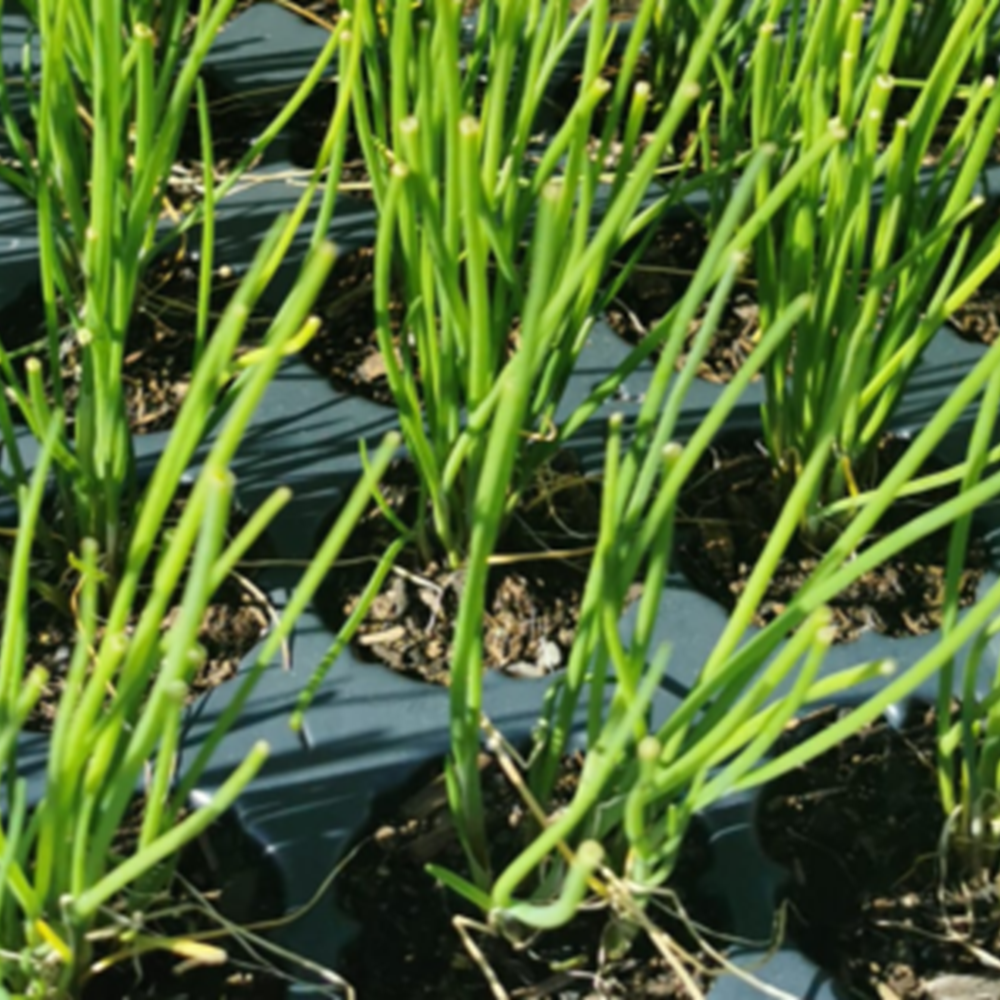
"The good news is – plants want to live! They really want to work with you to flourish and make lots of tastiness for you to harvest"
We’ve listed these in order of importance, and if you get these mostly right, you’ll be well on your way to great results. Whilst they’re on your side, don’t worry if your plants do decide to wilt away and die, it happens in nature and will inevitably happen at some point. That just means it’s time to try again, maybe this time from seed which is even more fun!
These tips particularly apply to the plants we’re giving away at our Free For Alls but also act as a general guide for any plant you might have.
Watering
Watering is the number 1 most important thing to keep your plants happy. The compost your plants grow in, and the plants themselves, will help tell you if you’re getting this right. Once you’ve got your plants home in their containers, you should notice that there is a wee gap between the top of your compost and the top of the container (about 1cm). This is a really handy watering guide, because if you fill this gap up with water, it should be about the right amount to filter down and moisten the compost perfectly. Make sure you have a drip tray below, because some of that water will seep out of the bottom and you don’t want to make a mess of your windowsill. When you get home, you will want to poke a few small holes in the bottom of your cups, enough to let some water seep out, but not so much that the compost falls out. This will ensure drainage and that your plants don’t rot.
But how often should you water? This is the million-dollar question. If in doubt, give your plants a wee bit of water each day, a bit more when it’s hot and sunny and a bit less when it’s cloudy. If you want to do an great job of watering, here is a bit more detail…
Colour - When your compost is dry, it’ll be a lighter shade of brown than when you water it. This’ll be what the compost looks like before you water it for the first time. When you water it, it’ll go dark brown. If you learn the difference between these colours, you can tell when your compost has dried out. A wee caveat to this, the very top surface can often tell fibs, so it’s a good idea to scratch down in the surface a wee bit, without disturbing the plants, to check. This is because it is where the plant roots are that really matters, otherwise you’re watering the compost, not the plant. If you’re brave enough to do this with a bare finger (wash your hands after ya mucky pup), you’ll also learn the feel of your compost when it is dry or moist. Another way that you can use colour is that if you see the surface of your compost going green, that may be a sign of over-watering.
Some other considerations…
Age of plants – when your plants are new and small, they’ll need a bit less water than when they are big plants and thirstier.
Type of plants – some plants are a lot thirstier than others; tomato plants want a lot of regular watering; herb plants may be a bit more forgiving.
Climate – the warmer and sunnier the climate your plants are in, the more water they’ll need. If it’s cloudy and grey, you can probably miss a day or two of watering, if it’s super-sunny and hot you may want to water twice a day.
"How often should you water? If in doubt, give your plants a wee bit of water each day, a bit more when it’s hot and sunny and a bit less when it’s cloudy"
Light
Your plants are green for a reason! They want to use all their lovely green chlorophyll to soak up light and turn it into food for you. For them to do this, they want as much light as possible. This generally means a south-facing spot in Scotland, away from shade. They’ll simply love direct sunlight most of the time, as long as they don’t go over about 40 degrees centigrade and have plenty of water. This gives you the best results. So, when they are wee, a sunny south-facing window is best and then when you move them (if you do), a nice sunny spot is best too.
If your plants aren’t getting enough light, you’ll see them growing really tall and ‘leggy’, they’re trying to grow tall to seek out more light. This is a sign that they need a sunnier spot. If you don’t have a sunny spot in your house, you can ‘cheat’ by getting LED grow lights which are available widely nowadays. You can also help them along by making a fun light reflector out of cardboard and tinfoil like this one here
"Your plants are green for a reason! They want to use all their lovely green chlorophyll to soak up light and turn it into food for you"
Nutrients + Potting On Or Planting Out
If you’ve used a good compost, like the compost we use at Dandelion, there’s a very good chance that it will contain all the nutrients that your plants need to grow big, healthy and strong. However, plants use up the compost’s goodness as they grow and so if you have ‘hungry’ plants which grow for a long time and not a lot of compost, they may run out of goodness and become a bit sickly. This is very specific to each plant, but we can give general advice on this. Some plants stay in small containers as they get growing, then are best either ‘potted on’ which means put into bigger containers with fresh compost, or planted outside in the ground.
Plants which grow for a long time in not enough compost may go a little yellow or show other signs of not being green and healthy. They may also become ‘root-bound’ which means their roots go round and round in circles in the container trying to find more goodness. You can solve this by gently pulling the plant out of the container (squeeze the container slightly and pull the plant gently by the base of the stem, if it doesn’t want to come out easily and you think it may snap – it’s not ready!) and then putting it into a bigger container with fresh compost in. Top tip – when you do this, tease the roots out gently so they’re not going in circles any more.
You can also do this if your plant is ready to plant outside. If you are planting out your plant, then you need to consider that it will have gone from a nice warm favorable indoor environment out into the big bad world! So, check there aren’t any really cold nights coming up, and if you want your plant to do best, sit it outside for a few days to get used to wind and cold during the day, before bringing back in overnight. This is called ‘hardening off’ your plants so they don’t get too much of a shock when they go outside.
Some plants which are in a big enough container, but don’t have enough goodness, can be fed using plant food. This can either be a liquid feed (like seaweed or comfrey juice) or a solid feed (like manure pellets or bonemeal) which you then water in. This can be particularly useful for fruiting plants like chillies and tomatoes, but isn’t necessary for a lot of quick-growing leafy crops like salads and herbs. This is getting really advanced now, so don’t worry about this if you are just growing salads and herbs on your windowsill.
"Check there aren’t any really cold nights coming up, and if you want your plant to do best, sit it outside for a few days to get used to wind and cold during the day, before bringing back in overnight"
Author: Emily Hairstans
Explore more
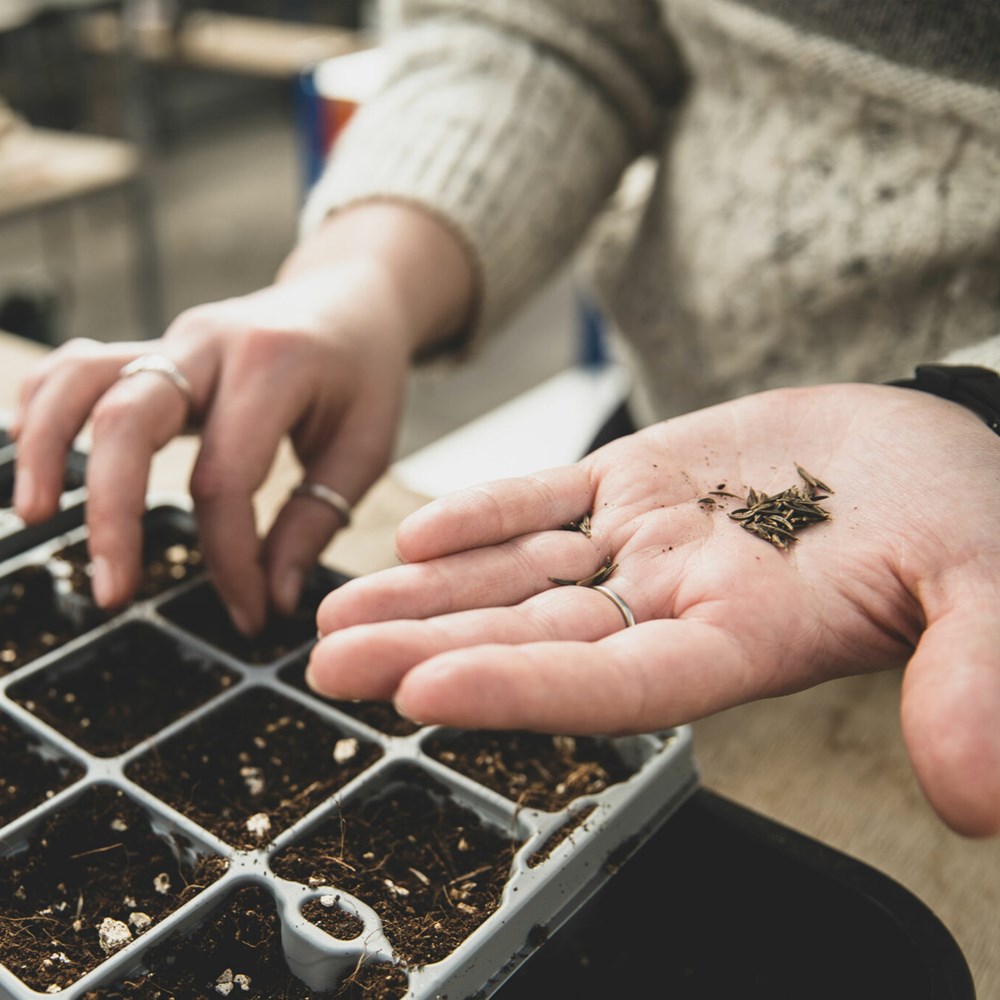
Dandelion Resources
Get growing advice, seasonal suggestions and celebrate the joys of looking after plants.
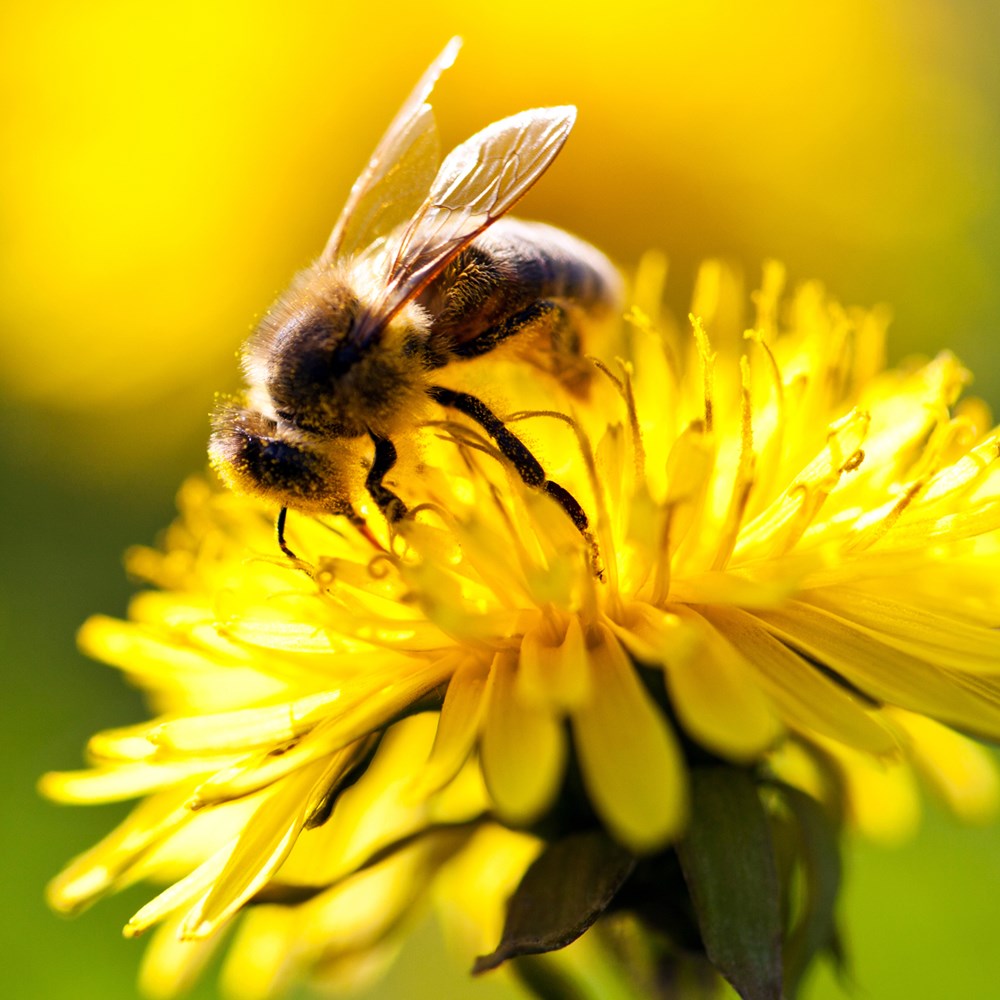
Dandelion Project
With the aim of re-establishing Harvest as an event on the national calendar, Dandelion brought together community development, horticulture, live music, learning, sustainable thinking and innovative arts practice to support the people of Scotland to sow, grow and share together.
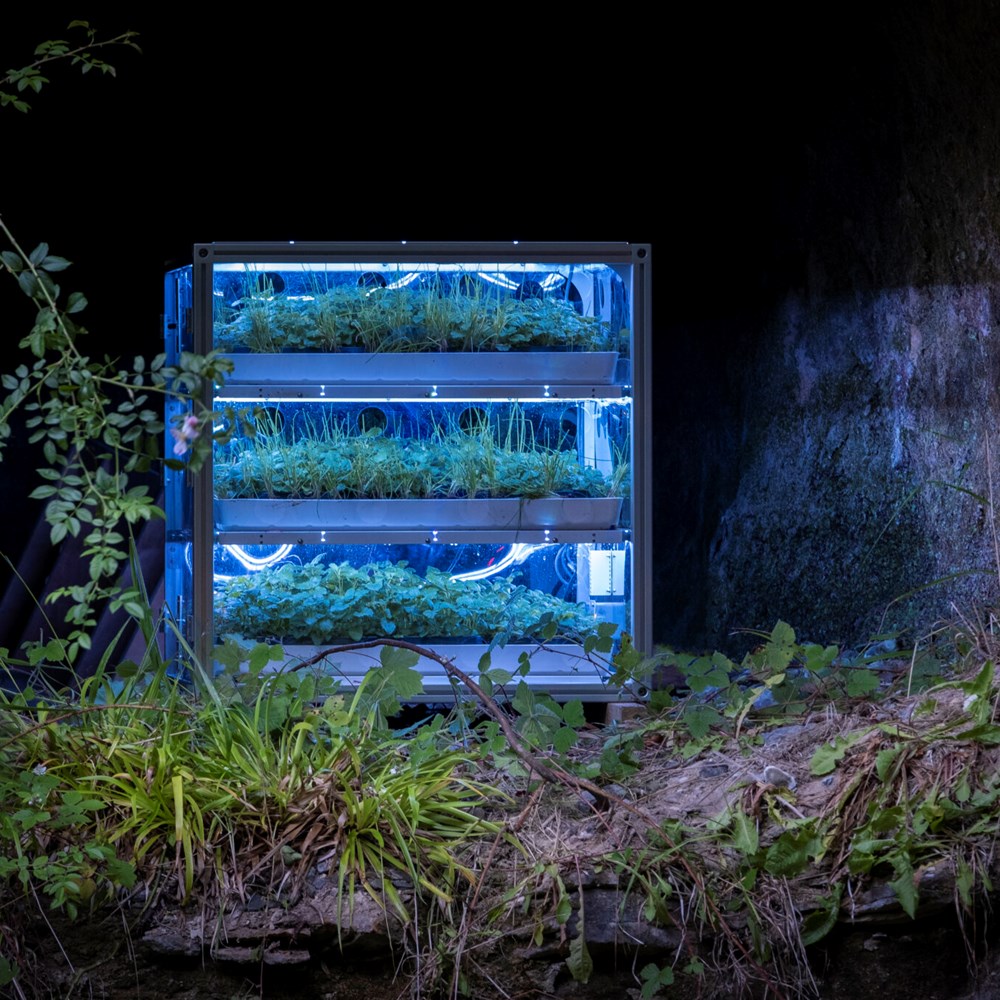
Dandelion Events
Dandelion culminated in in over 500 events as part of the largest-ever creative celebration of Harvest staged across Scotland.
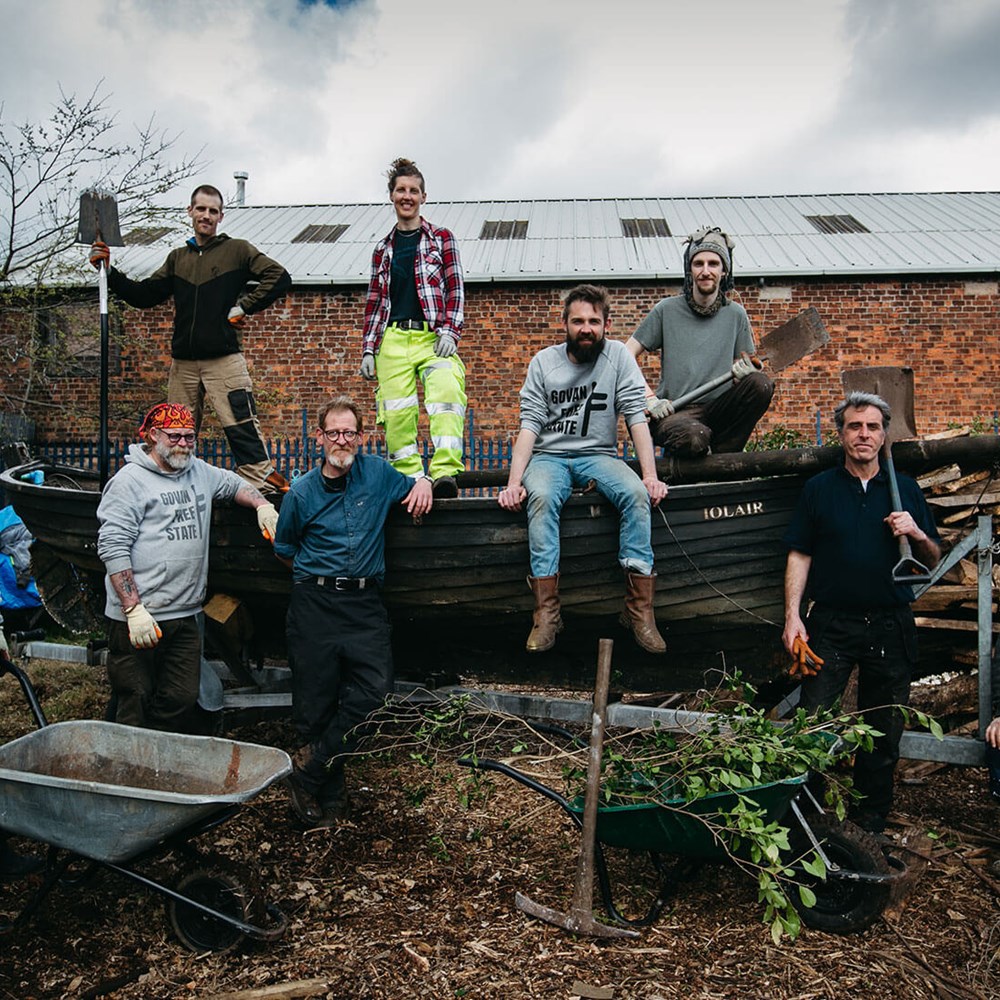
Dandelion Results
Dandelion's Unexpected Gardens sprang up all across Scotland and continue on today event after our programme has ended.
